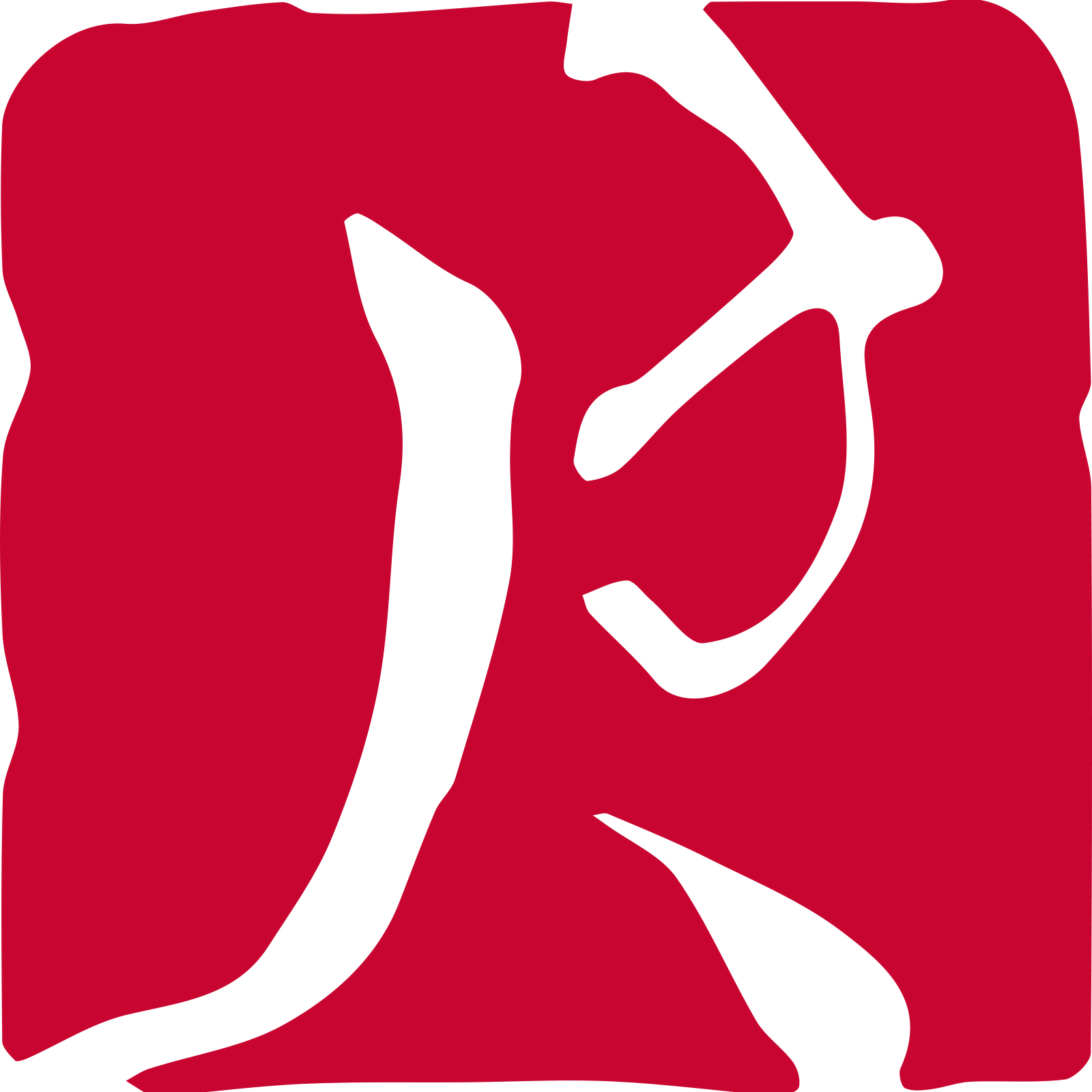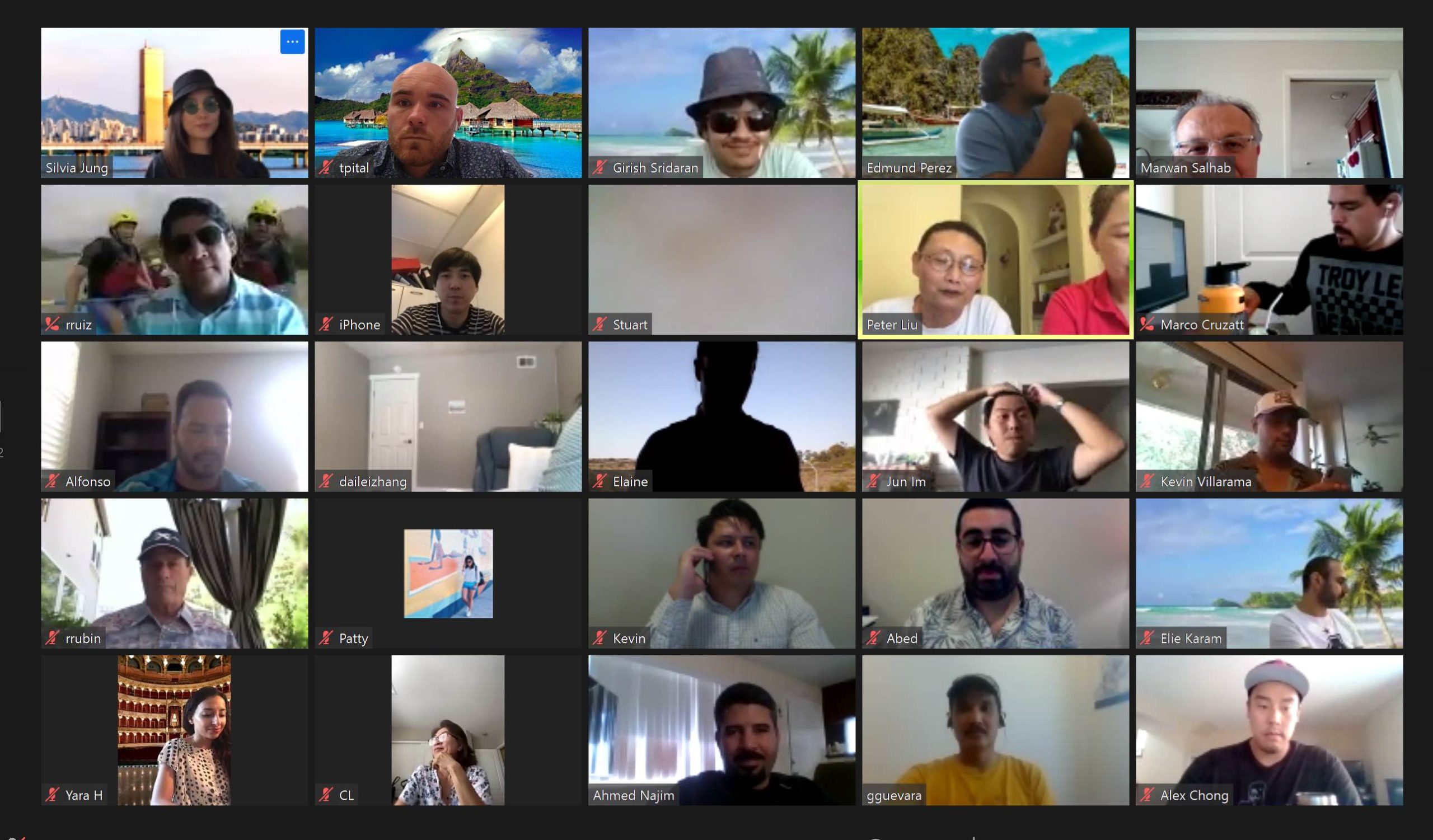Exactly one year ago, PacRim’s staff began working from home in response to the growing COVID-19 pandemic in the United States. As employees “signed on” for the day, they had to account for new things such as checking on their Internet connection strength, signing into a VPN to access the firm’s drives, and – in the case of those with children – ensuring that they were well occupied and behaved in case the parents had to attend now-virtual meetings. While all this was certainly new, and while there were surely to be some growing pains, everyone was thankful that they were safe while working.
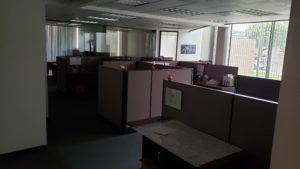 Just the day before, on March 17, 2020, PacRim’s leadership announced this new plan, telling all employees to begin preparations for working from home. In the span of a few hours, everyone had decided how they would do so, gathered whatever necessary IT items they would need to take home, and quickly met with their teams on what to expect with ongoing projects. Some took their work stations home, and others chose to “remote” in to their work stations that remained at the offices. As PacRim closed the doors to the offices, the emptiness and silence within reflected the then-current situation’s uncertainty all too well.
Just the day before, on March 17, 2020, PacRim’s leadership announced this new plan, telling all employees to begin preparations for working from home. In the span of a few hours, everyone had decided how they would do so, gathered whatever necessary IT items they would need to take home, and quickly met with their teams on what to expect with ongoing projects. Some took their work stations home, and others chose to “remote” in to their work stations that remained at the offices. As PacRim closed the doors to the offices, the emptiness and silence within reflected the then-current situation’s uncertainty all too well.
Two days later, Los Angeles City officials, including Mayor Eric Garcetti, issued a “safer at home” health order, halting non-essential activities outside of residences. Just a half hour later, California Governor Gavin Newsom issued a statewide “stay at home” order. At the time, it was unknown how long the orders would remain in place; nevertheless, PacRim was braced for this new “way of life” to continue for a while.
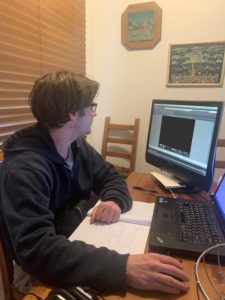 Over the next few months, PacRim employees adapted to the new “normal”. It was the firm’s first time using a VPN, and it took some troubleshooting to resolve connection stability issues. This “new world” of virtual meetings exposed an abundance of video and web conferencing platforms, and PacRim’s leadership developed a set of guidelines on how to navigate through them without needing to install new programs. It became customary to check one’s webcam and microphone before meetings. Any IT issues had to be resolved virtually. Project site visits, while rare due to the pandemic, had to account for COVID prevention measures. Project managers were encouraged to regularly meet with their teams of design and project engineers and ensure that everyone was in good mental health.
Over the next few months, PacRim employees adapted to the new “normal”. It was the firm’s first time using a VPN, and it took some troubleshooting to resolve connection stability issues. This “new world” of virtual meetings exposed an abundance of video and web conferencing platforms, and PacRim’s leadership developed a set of guidelines on how to navigate through them without needing to install new programs. It became customary to check one’s webcam and microphone before meetings. Any IT issues had to be resolved virtually. Project site visits, while rare due to the pandemic, had to account for COVID prevention measures. Project managers were encouraged to regularly meet with their teams of design and project engineers and ensure that everyone was in good mental health.
Still, working from home meant that employees were mostly deprived of the social aspects of being in the office physically. They could no longer walk from their workstation to another to see their coworkers, make small talk, introduce themselves to new faces, and go out to lunch together.
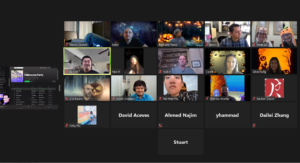 In response, PacRim began hosting virtual “happy hours” to celebrate upcoming holidays and other special events. With pizza bought and delivered to all employees, everyone could not only see each other, but also joke about new hairstyles and children buzzing in the background, play trivia games and BINGO, and participate in contests that involved work station decorations, costumes for Halloween, and gingerbread houses for the winter holidays. These brought back the social spirit that – before the pandemic – had been brought out via weekly lunch outings and the yearly summer socials.
In response, PacRim began hosting virtual “happy hours” to celebrate upcoming holidays and other special events. With pizza bought and delivered to all employees, everyone could not only see each other, but also joke about new hairstyles and children buzzing in the background, play trivia games and BINGO, and participate in contests that involved work station decorations, costumes for Halloween, and gingerbread houses for the winter holidays. These brought back the social spirit that – before the pandemic – had been brought out via weekly lunch outings and the yearly summer socials.
Though the past year certainly has been an unconventional one, PacRim has weathered through it due in large part to its staff’s adaptability and resilience. In addition, the firm is as busy as ever; not only has it welcomed eight new employees (including one project manager and one technical manager), but it also started working on over 40 new projects and task orders.
Just as PacRim survived the 2008 financial crisis, it is certain to survive this one as well.
